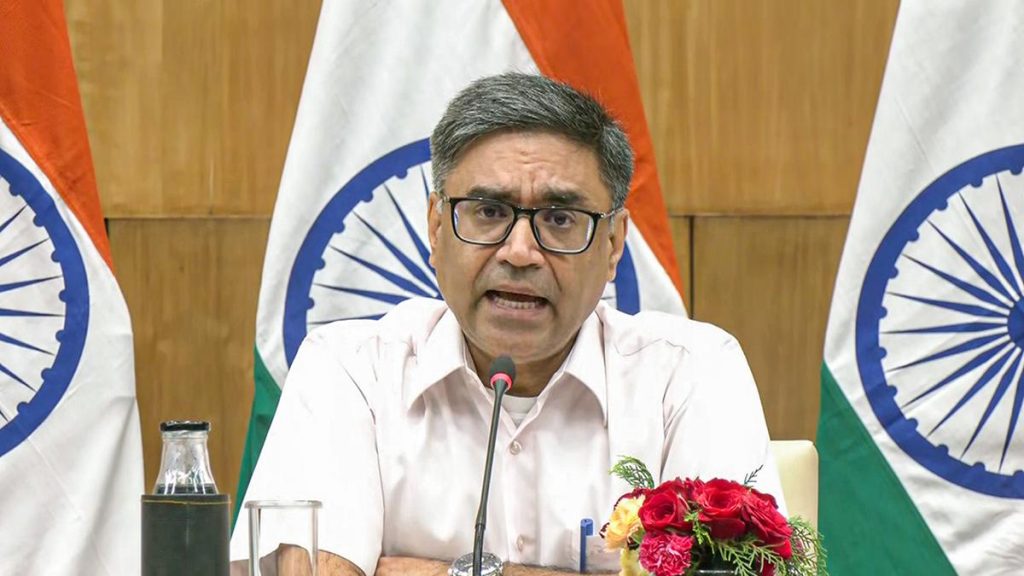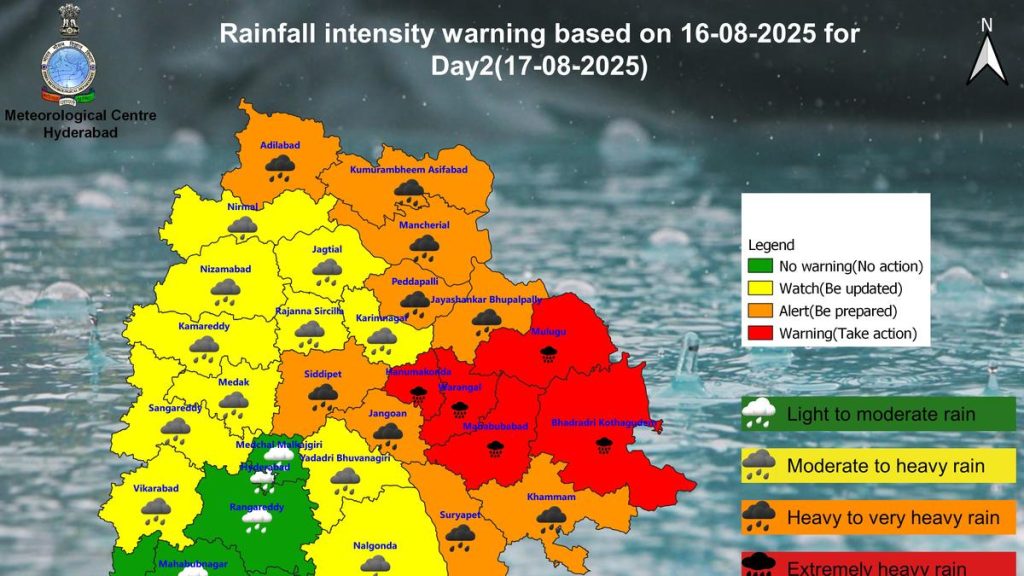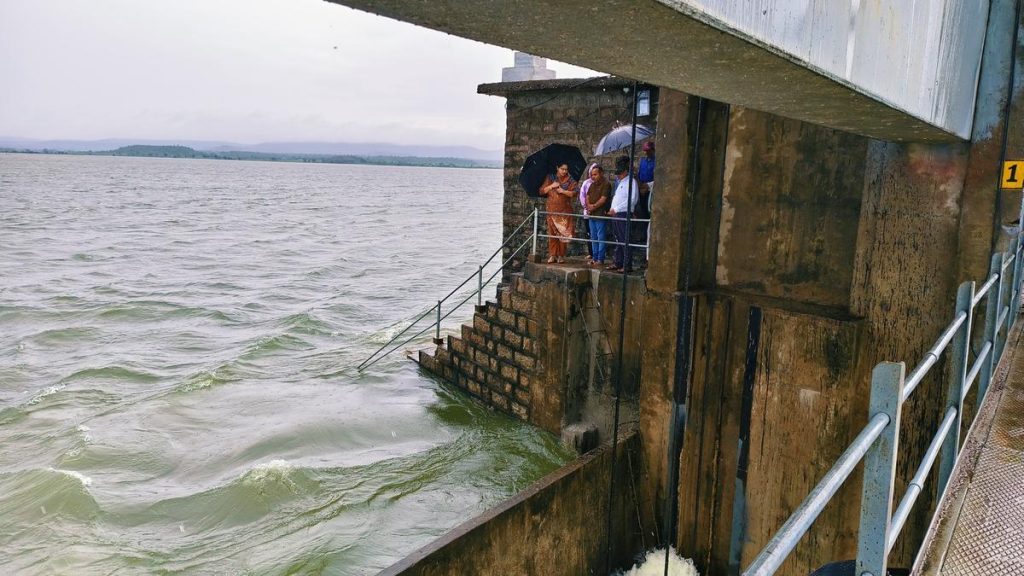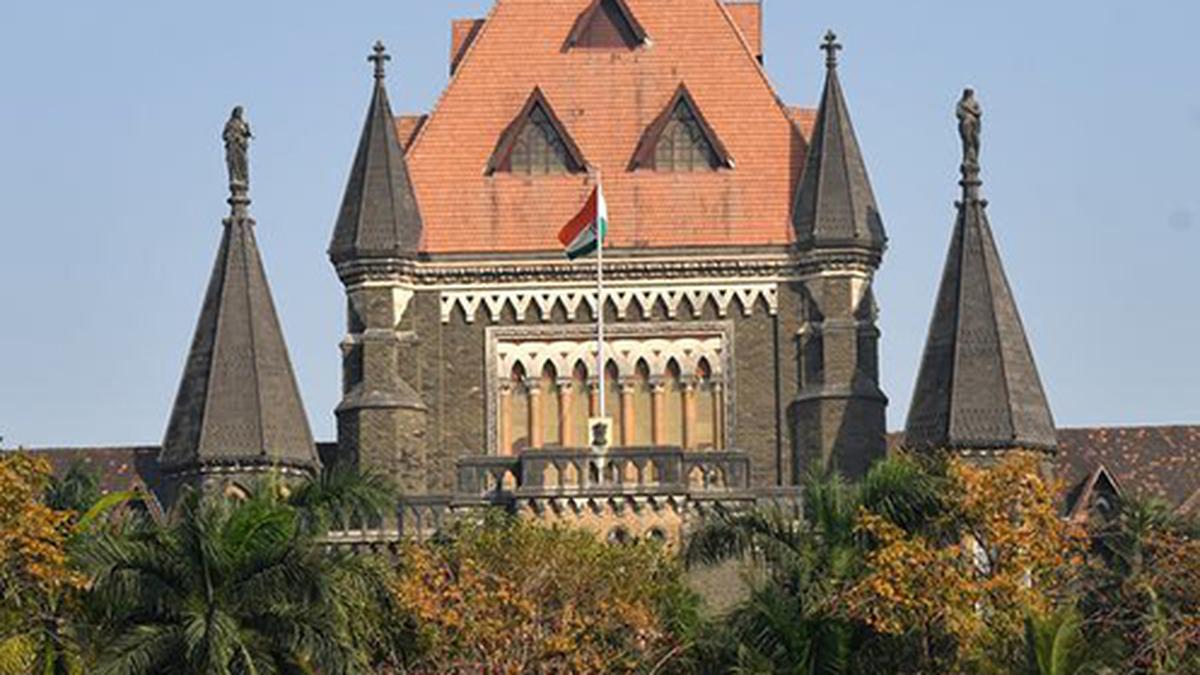Now Reading: Lorry Accident Triggers Massive Traffic Snarls on Ernakulam-Thrissur Highway
-
01
Lorry Accident Triggers Massive Traffic Snarls on Ernakulam-Thrissur Highway
Lorry Accident Triggers Massive Traffic Snarls on Ernakulam-Thrissur Highway
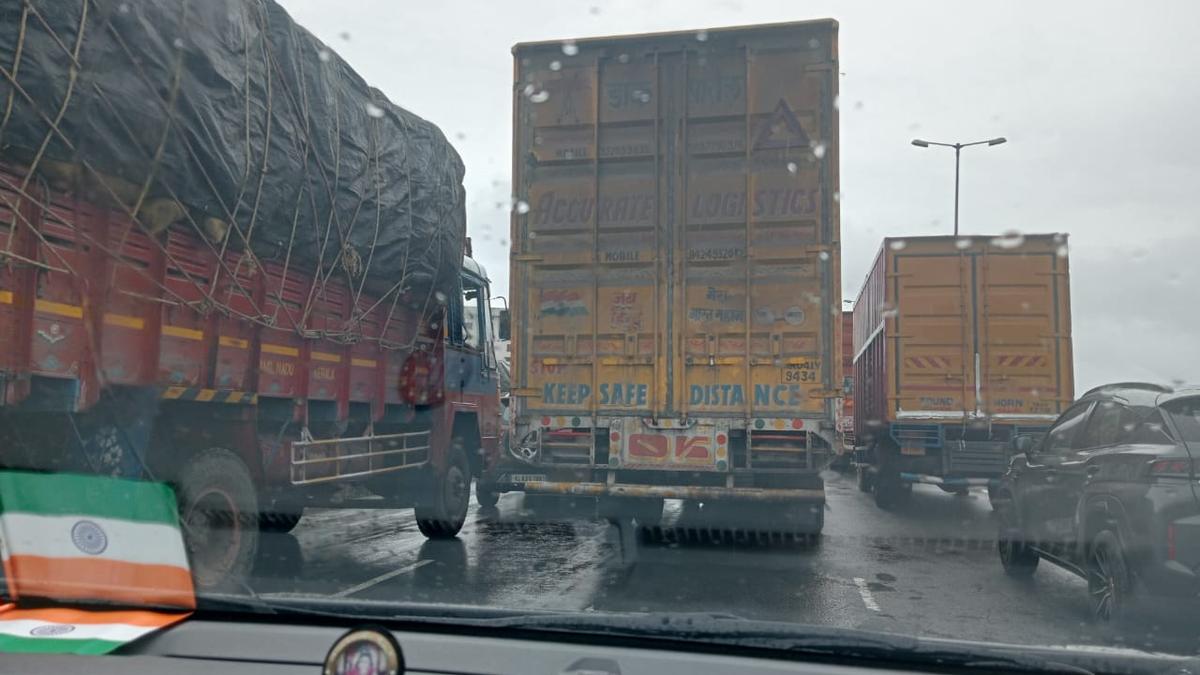
Quick Summary
- Traffic on the Ernakulam-Thrissur national highway in Kerala was severely disrupted at Muringoor late Friday night after a lorry carrying logs skidded off course.
- A traffic jam that began around 11 p.m. escalated into a 3-km-long gridlock, affecting thousands of vehicles and travelers, persisting until Saturday afternoon.
- Passengers traveling to critical destinations like the Nedumbassery airport were caught in the chaos as bumper-to-bumper congestion stretched from Muringoor to Potta.
- commuters and authorities blamed the poor condition of service roads along this under-construction highway stretch, with criticism directed at the National Highways Authority of india (NHAI) and contractors for neglecting repairs.
- This stretch has previously faced judicial scrutiny; both Kerala High Court and Supreme Court have expressed concerns over it’s state, with orders including suspension of toll collection at Paliyekkara due to traffic issues.
- Police issued travel advisories urging motorists to use alternative routes such as Kallettumkara-Irinjalakuda-Kodungallur-Mala or Kodungallur-Paravur.
Indian Opinion Analysis
The massive disruption on one of Kerala’s busiest highways underscores recurring infrastructure flaws that are impacting public movement significantly. The negligence in maintaining service roads along an under-construction route is particularly troubling as proper road conditions are essential for minimizing traffic disruptions during such projects. Complaints against NHAI and repeated judicial interventions highlight systemic issues demanding urgent attention.
The prolonged gridlock not only caused inconvenience but also risked safety by stranding passengers, including those heading toward critical locations like airports. Advisories proposing alternative routes reflect efforts to manage immediate fallout but do little to address root causes.
For India’s broader infrastructure landscape, this incident signals a reminder: large-scale public works require better planning, accountability mechanisms for contractors, and timely maintainance updates to ensure minimal impact on daily lives. Enhancing coordination among stakeholders may prevent similar problems in future development endeavors.


